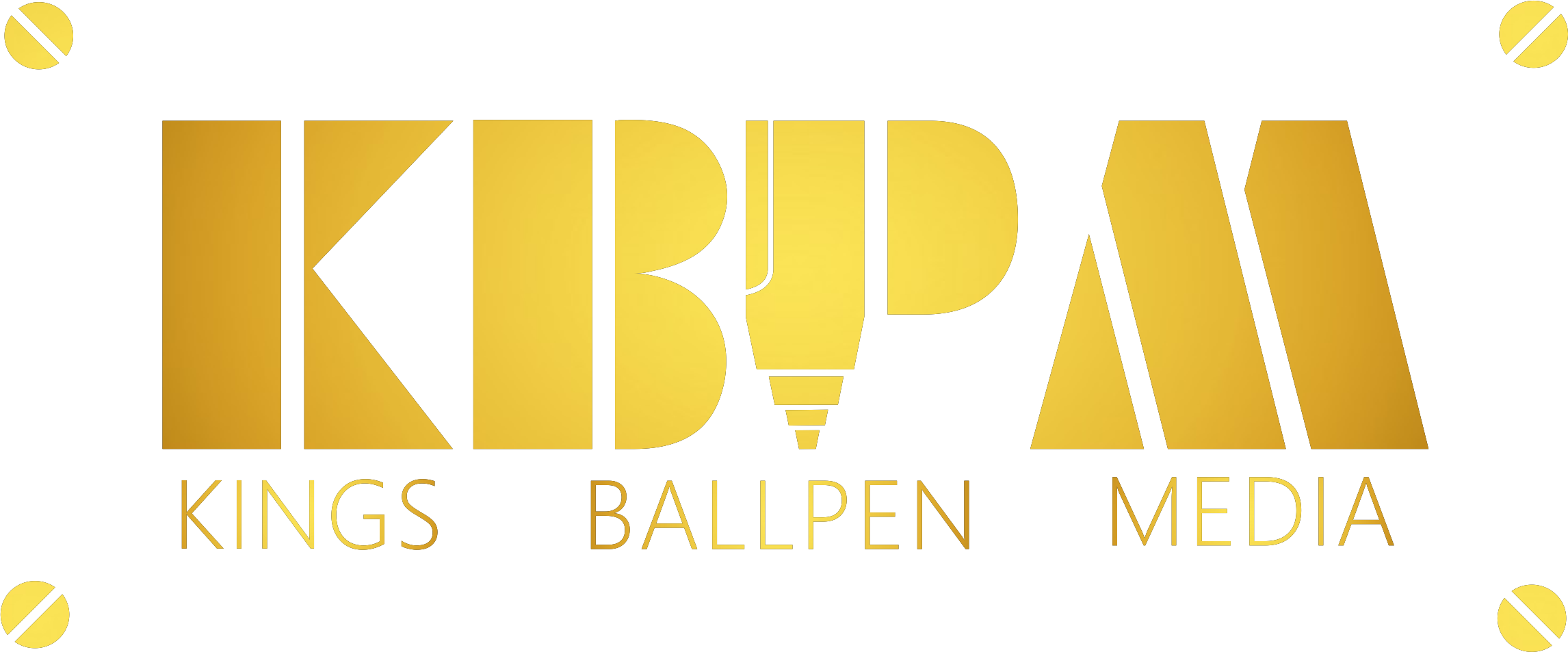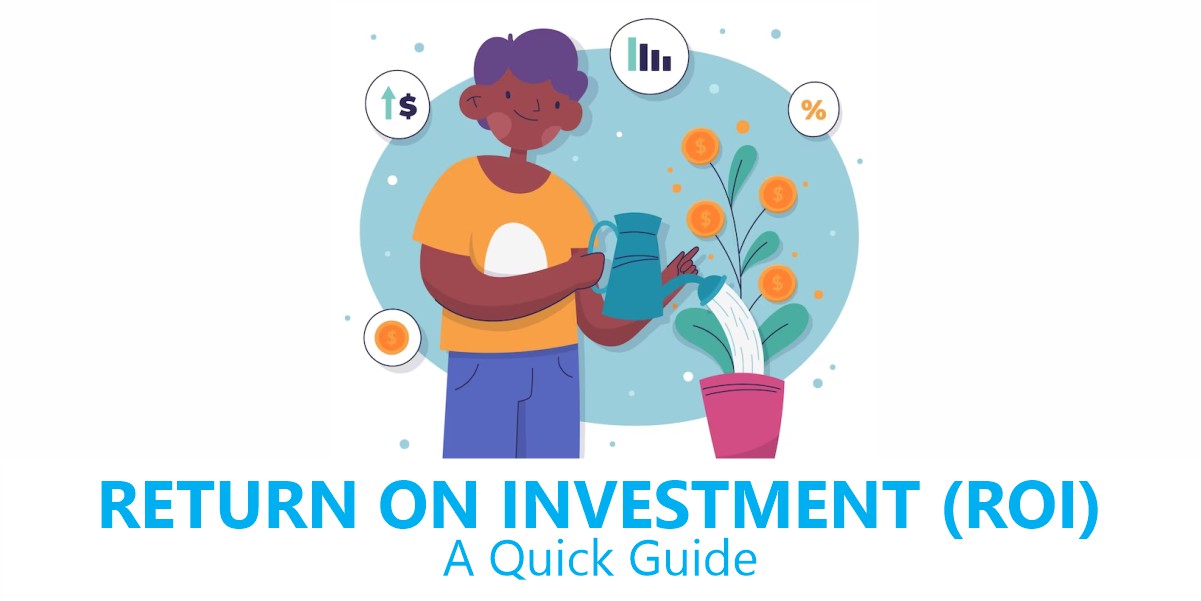What is a return on investment?
ROI is a financial statistic used to assess the effectiveness of an investment. It evaluates the return on an investment relative to the cost of the investment. It is computed by dividing the return (or gain) on an investment by the investment’s cost and then multiplying by 100. For instance, if a $100 investment yields a $120 return, the ROI would be 20% (120 – 100) / 100. ROI is used to analyze a portfolio’s overall performance and compare the performance of various investments. Additionally, it can be used to judge whether an investment is worthwhile.
What are the types of return on investment?
There are numerous ways to calculate return on investment (ROI), based on the type of investment and the information available. The most prevalent types of ROI include:
Simple ROI: The simplest type of ROI, simple ROI is determined by dividing the net profit (or loss) of an investment by its total cost and then multiplying by 100.
Annualized ROI: This sort of ROI considers the investment’s holding period. It is computed by dividing the total return over the investment term by the initial investment and multiplying the result by the number of years the investment was kept.
Total ROI: This type of ROI considers all cash flows related to the investment, including income and dividends, and calculates the return as a percentage of the initial investment.
Time-weighted ROI: This sort of ROI is frequently employed in the context of managing investment portfolios. It is determined by calculating the geometric mean of the rate of return for each sub-period during the investment period and adjusting for the impact of cash flows into or out of the portfolio.
Internal Rate of Return (IRR): This is a well-known measure for assessing the profitability of an investment. It is the interest rate at which the net present value (NPV) of all cash flows from an investment is equal to zero. IRR is frequently employed to assess the profitability of long-term investments and projects.
Benefit-cost ratio (BCR): This ratio compares the monetary worth of a project’s benefits to the monetary value of the project’s costs. It is used to examine if the benefits of a project outweigh the expenditures.
These are some of the most frequent types of ROI used to analyze investments, although depending on the unique context and data available, there are numerous different variations and methodologies.
How do you determine a return on investment?
The methods for calculating the various types of return on investment (ROI) vary based on the type of investment and the available data. Here is an outline of how to calculate some of the most frequent types of return on investment:
This is computed by dividing an investment’s net profit (or loss) by its entire cost and then multiplying the result by 100.
ROI Formula: (Net Profit / Total Investment Cost) x 100
Calculate by dividing the total return over the investment term by the initial investment and then multiplying by the years the investment was kept.
Annualized Return on Investment = (Total Return / Initial Investment) x (1 / Investment Period in Years) x 100
Total ROI: This is calculated by factoring in all cash flows related to the investment, such as income and dividends, and computing the return as a percentage of the initial investment.
Total ROI equals (Total Cash Flows / Initial Investment) multiplied by 100.
Time-weighted ROI is computed by taking the geometric mean of each subperiod’s rate of return during the investment period. This strategy takes into account the impact of cash flows into or out of the portfolio.
IRR is the interest rate at which the net present value (NPV) of all cash flows from an investment equals zero. Typically, IRR is computed with a financial calculator or Excel spreadsheet.
The benefit-cost ratio (BCR) is determined by dividing the monetary value of a project’s benefits by its monetary worth of costs.
Benefit Cost Ratio = (Monetary Value of Benefits) / (Monetary Value of Costs)
Please note that these are simplified versions of more complex ROI calculations that require additional information. Also, it is crucial to highlight that the exact cost, income, and benefits of certain assets, such as real estate, can be difficult to assess and require expert study.
Quick Links
Business Plan – Definition, Importance & What is Included
Financial Statements – Types and How To Read Them
Understanding Revenue Assumptions – Its Uses and Application
A Quick Guide to Expenses Assumption – Its Uses, Application and How to Create a Schedule
A Quick Guide to Payroll Expenses
A Quick Guide to Understanding Income Projection
An Overview on Profit & Loss table or Income Statement
What is Cash Flow – Its uses, importance & how to derive your cash flow statement
An Overview of Balance Sheet Statement & its Function
Breakeven Analysis – A Complete Guide
Loan, Business Loan and Interest-Free Loan – An Overview

